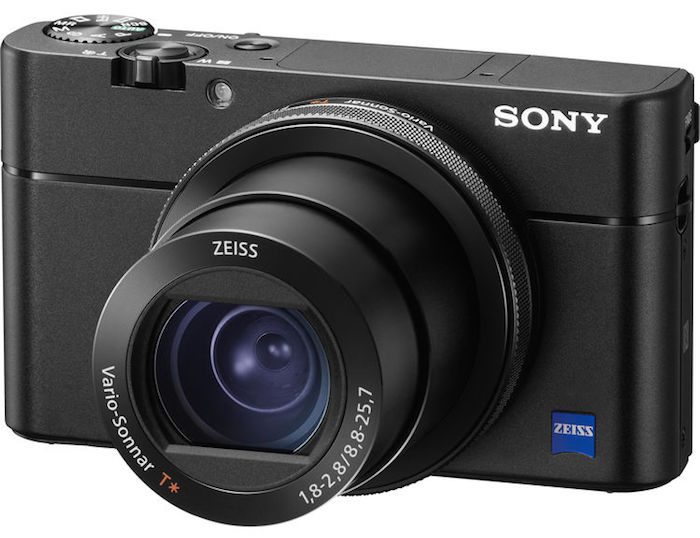When the compact camera market was spiraling out of control toward rock bottom, Sony unveiled a premium pocket camera that was more expensive than the rest of the competition. While Canon, Nikon, Olympus and the rest were struggling to unload pocket cameras for $100 or less, the Sony RX100 rose from the ashes of a market segment that had been decimated by the iPhone.
The reason the RX100 dominated as a premium camera is that Sony made the best possible compact camera it could make. And customers were willing to pay hundreds of dollars more than other compact cameras because the RX100 made much better images than any other pocket camera on the market.
The Sony RX100 V marks the fifth generation of this camera line and now demands $1000 as a flagship model, which is the same as the RX100 IV.
Are we really in a place in the photo industry today where we can get excited about a $1000 pocket camera?
I think so.
The specs from top to bottom trounce the competition. Moreover, it gives the majority of photography enthusiasts more power than they could have dreamed of a decade ago.
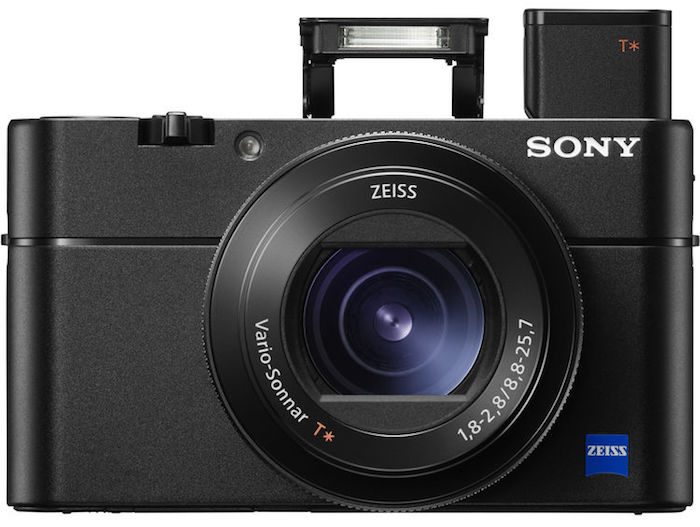
Sony continues to use a 20.1MP sensor and apparently sees no reason to push the envelope since we’ve been hanging around 20MP since the first generation RX100. With a 1″ sensor format, I think that makes a lot of sense too. While the resolution stays the same, the sensor is newly developed as a 1″ format stacked Exmor RS CMOS sensor with a DRAM chip, which means we should expect at least incremental improvements in image quality of the prior generations that used backside illuminated sensors.
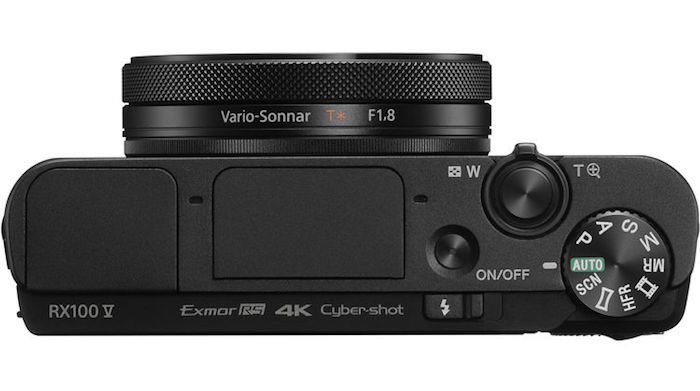
The big advantage of the RX100 V over the last generation, however, appears to be in the revamped AF system, which features 315 AF points on the sensor that cover 65% of the frame. Sony claims the RX100 V delivers the world’s fastest of AF acquisition at 0.05 seconds. Early reports seem to back up the speed a reliability improvements in the AF department.
What’s also incredible is that the RX100 V can capture full resolution still image shots at up to 24 fps, complete with AF and AE tracking for up to 150 continuous shots. That’s quite the “holy crap” statement for a pocket camera.
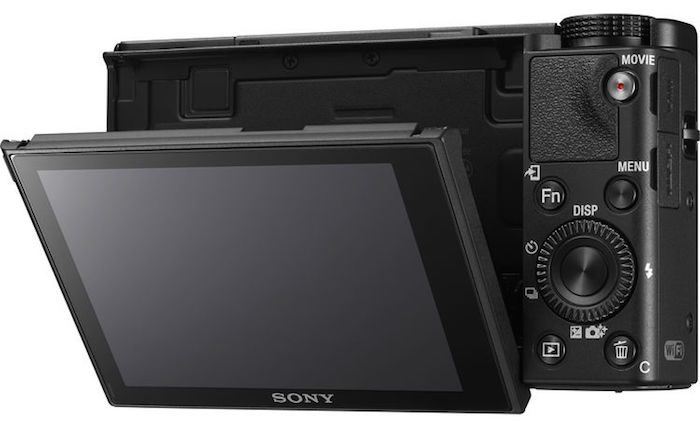
We should also see the benefits in the video capabilities of the RX100 V with the new AF system. And the rest of the video capture side of the camera continues to be refined in a manner similar to what we see with the new Sony A6500.
When shooting 4K video on the RX100 IV, it will use full pixel readout without binning, which should reduce moiré and aliasing. The camera uses Sony’s XAVC S codec for 100Mbps 4K capture and 50Mbps 1080HD capture. You also have the ability to use S-Log2 profiles for flat footage that will be more post-production friendly.
The RX100 V can capture 1080p footage at 120p and also makes of the familiar super-slow motion modes for up to 40x slow motion captured in-camera (that’s the 960fps, 480fps and 240fps modes). The RX100 V’s buffer will allow you to shoot clips that are about twice as long as what you could capture with the RX100 IV in super slow motion.
If you’re a video geek, some of these specs should be familiar from the RX100 IV and I recommend you go back and check out my review of the RX100 IV last year.
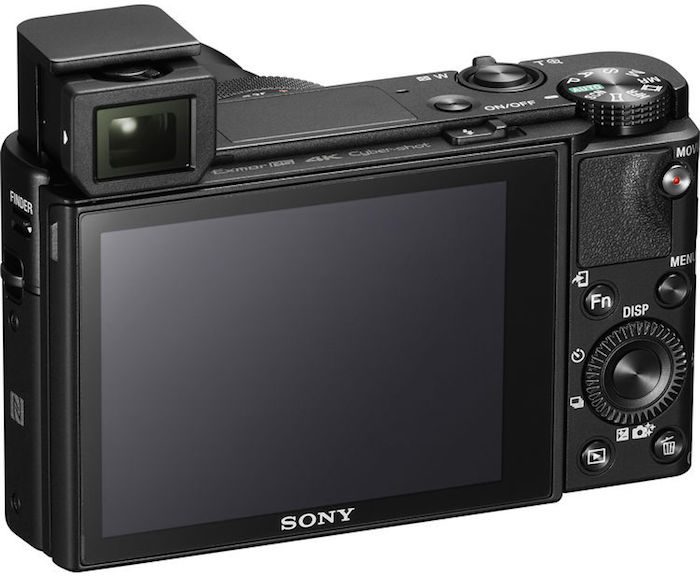
Notably, the RX100 V includes a 2.35m-dot resolution OLED electronic viewfinder in addition to the 3-inch rear LCD. The EVF pops out of the top left corner (from the rear) and the pop-up flash is situated in the middle of the camera. WiFi and NFC round out the key features of the camera for wireless connectivity options.
The Sony RX100 V should ship later this month for just under $1,000. Check it out here at B&H Photo and Adorama.
Copyright/DMCA Notice: The RSS entry was originally published on Photography Bay. RSSID#794326
